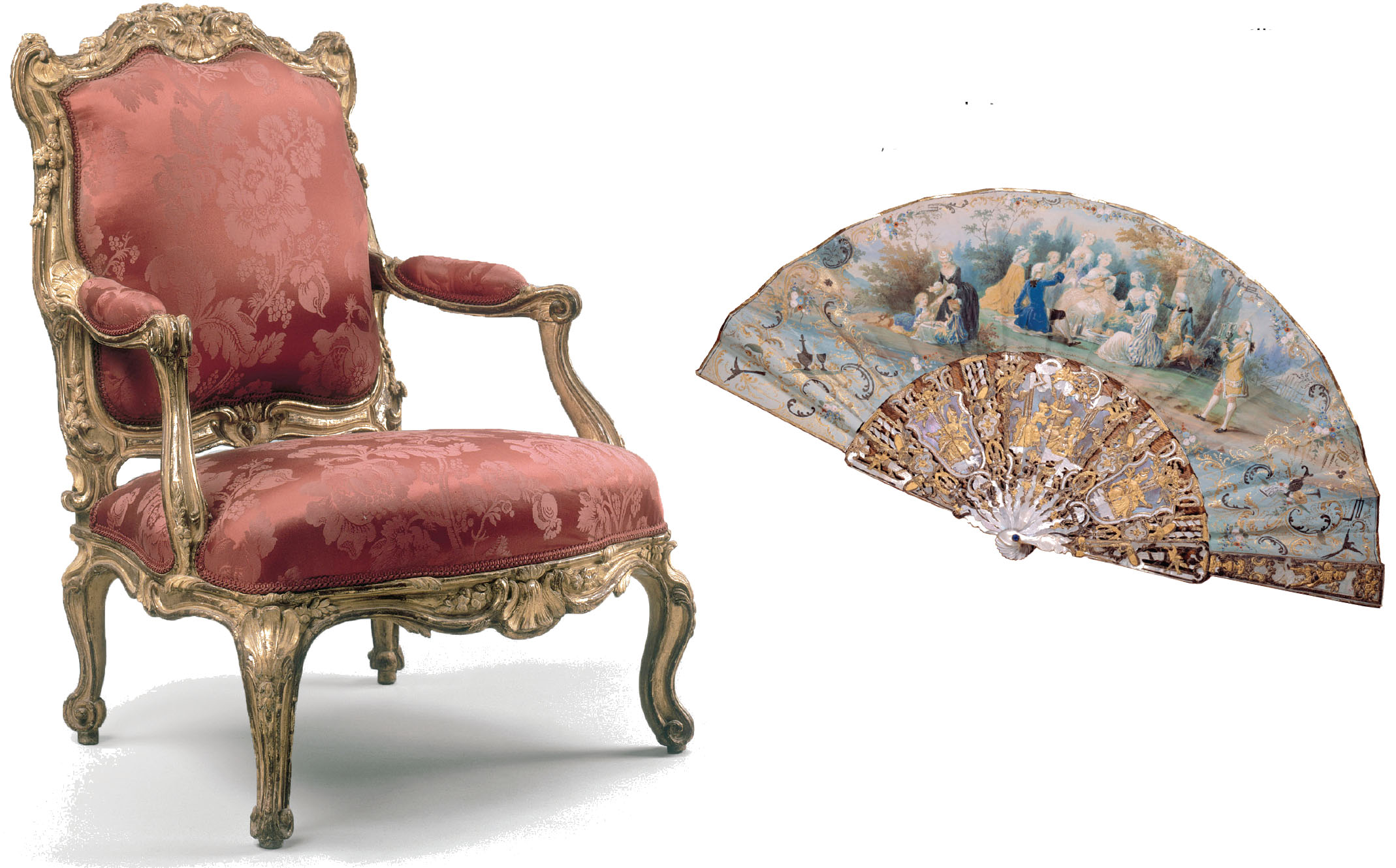A History of World Societies:
Printed Page 581
A History of World Societies Value
Edition: Printed Page 583
Chapter Chronology
Culture and Community in the Atlantic World
As contacts among the Atlantic coasts of the Americas, Africa, and Europe became more frequent, and as European settlements grew into well-established colonies, new identities and communities emerged. The term Creole referred to people of Spanish or other European ancestry born in the Americas. Wealthy Creoles throughout the Atlantic colonies prided themselves on following European ways of life. In addition to their agricultural estates, they maintained townhouses in colonial cities built on the European model, with theaters, plazas, churches, and coffeehouses. They purchased luxury goods made in Europe and sent their children to be educated in the home country.
Over time, however, the colonial elite came to feel that their circumstances gave them different interests and characteristics from people of their home countries. One observer explained that “a turn of mind peculiar to the planter, occasioned by a physical difference of constitution, climate, customs, and education, tends . . . to repress the remains of his former attachment to his native soil.”7 Creoles became “Americanized” by adopting native foods, like chocolate, chili peppers, and squash, and sought relief from tropical disease in native remedies. Also, they began to turn against restrictions from their home countries: Creole traders and planters, along with their counterparts in English colonies, increasingly resented the regulations and taxes imposed by colonial bureaucrats, and such resentment would eventually lead to revolutions against colonial powers (discussed in Chapter 22).

The Consumer Revolution From the mid-eighteenth century on, the cities of western Europe witnessed a new proliferation of consumer goods. Items once limited to the wealthy few — such as fans (lower right), watches, snuffboxes, umbrellas, ornamental containers, and teapots — were now reproduced in cheaper versions for middling and ordinary people. The fashion for wide hoopskirts was so popular that the armrests of the chairs of the day, known as Louis XV chairs (left), were specially designed to accommodate them. (fan: Musée Conde, Chantilly, France/Scala/White Images/Art Resource, NY; chair: © RMN–Grand Palais/Art Resource, NY)
Not all Europeans in the colonies were wealthy or well educated. Numerous poor and lower-middle-class whites worked as clerks, shopkeepers, craftsmen, and laborers. With the exception of the English colonies of North America, white Europeans made up a minority of the population, outnumbered by indigenous peoples in Spanish America and by the growing numbers of enslaved people of African descent in the Caribbean. Since most European migrants were men, much of the colonial population of the Atlantic world descended from unions — forced or through consent — of European men and indigenous or African women. Colonial attempts to identify and control racial categories greatly influenced developing Enlightenment thought on racial differences.
In the Spanish and French Caribbean, as in Brazil, many slave masters acknowledged and freed their mixed-race children, leading to sizable populations of free people of color. Advantaged by their fathers, some became wealthy landowners and slaveholders in their own right. In the second half of the eighteenth century the prosperity of some free people of color brought a backlash from the white population of Saint-Domingue in the form of new race laws prohibiting nonwhites from marrying whites and forcing them to adopt distinctive attire. In the British colonies of the Caribbean and the southern mainland, by contrast, masters tended to leave their mixed-race progeny in slavery, maintaining a stark discrepancy between free whites and enslaved people of color.8 British colonial law forbade marriage between Englishmen and -women and Africans or Native Americans.
Some mixed-race people sought to enter Creole society and obtain its many official and unofficial privileges by passing as white. Where they existed in any number, though, free people of color established their own proud social hierarchies based on wealth, family connections, occupation, and skin color.
Restricted from owning land and holding many occupations in Europe, Jews were eager participants in the new Atlantic economy and established a network of mercantile communities along its trade routes. As in the Old World, Jews in European colonies faced discrimination; for example, restrictions existed on the number of slaves they could own in Barbados in the early eighteenth century.9 Jews were considered to be white Europeans and thus ineligible to be slaves, but they did not enjoy equal status with Christians. The status of Jews adds one more element to the complexity of Atlantic identities.
